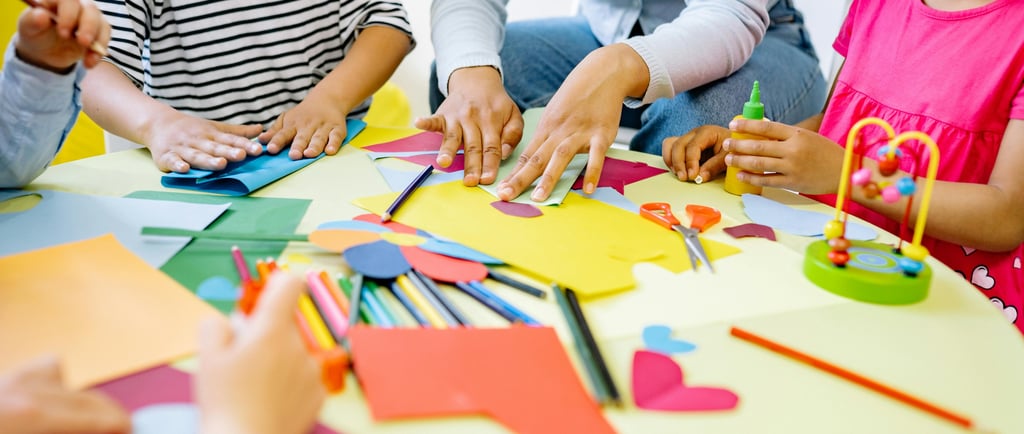Celebrating Differences
Teaching Children to Embrace Diversity
10/24/20243 min read


Celebrating Differences: Teaching Children to Embrace Diversity
One of the greatest gifts we can give our children is an appreciation for the differences in others. In a world that is becoming increasingly diverse, helping children understand and embrace diversity from a young age is crucial. Teaching children to appreciate people from different backgrounds, cultures, abilities, and perspectives is essential for building a more inclusive and compassionate world. As parents, educators, and caregivers, it’s our responsibility to ensure that children grow up with the understanding that our differences are something to celebrate, not fear.
Children are naturally curious, and they often notice differences in others early on, whether it’s skin color, cultural traditions, or physical abilities. These moments provide excellent opportunities to start conversations about diversity and inclusion. Instead of shying away from their observations, it’s important to engage with them in a thoughtful way. For example, if a child asks why someone looks or speaks differently, use it as an opportunity to explain that everyone is unique and that these differences make the world an interesting place. You might say something like, “People come from all different places and have their own cultures and ways of doing things. Isn’t that amazing?”
Books are a powerful tool for teaching children about diversity. When children see characters from different backgrounds in the stories they read, it normalizes the idea that people come from many walks of life. Seek out books that feature diverse characters and stories that highlight different cultures, abilities, and family structures. After reading, ask your child questions like, “What did you learn about this character’s culture?” or “How is their family similar to or different from ours?” This helps children reflect on what they’ve learned and see the value in those differences.
One of the most important lessons in teaching diversity is helping children understand that differences don’t make people better or worse—they just make us unique. Encourage your child to find common ground with others, even if they come from very different backgrounds. For example, if your child meets someone who celebrates different holidays, you might say, “They celebrate something different from us, but they also love spending time with their family during that time, just like we do!” Finding these connections helps children see that while we may have different experiences, we all share similar emotions, desires, and values.
It’s also essential to model inclusivity in your own behavior. Children watch how we interact with others, and they pick up on subtle cues about who we value and how we treat people who are different from us. Make an effort to expose your child to diverse communities, whether through attending cultural events, trying foods from different parts of the world, or engaging with people who have different life experiences. These experiences help broaden their understanding and build empathy for others.
Teaching children to embrace diversity also means helping them understand the importance of standing up against prejudice and unfair treatment. While it may feel uncomfortable, it’s essential to have conversations about racism, sexism, ableism, and other forms of discrimination in an age-appropriate way. Explain to children that treating someone unfairly because they are different is wrong and that we should all do our part to make sure everyone feels valued and respected. Encourage them to speak up if they witness bullying or unfair treatment, and remind them that their words and actions can make a difference.
By teaching children to celebrate differences, we help them develop the empathy, compassion, and understanding needed to thrive in a diverse world. These lessons not only help children navigate their own social environments but also lay the foundation for creating more inclusive communities where everyone is valued for who they are.


